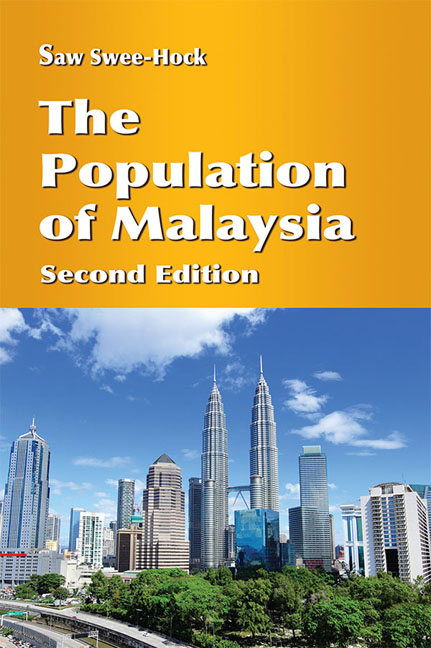Book contents
- Frontmatter
- Contents
- List of Tables
- List of Figures
- Foreword
- Preface
- 1 Introduction
- 2 External Migration
- 3 Internal Migration
- 4 Ethnic and Religious Patterns
- 5 Population Growth and Distribution
- 6 Population Structure
- 7 Nuptiality Trends and Patterns
- 8 Fertility Trends and Differentials
- 9 Mortality Trends and Differentials
- 10 Labour Force
- 11 Future Population Trends
- Bibliography
- Index
- Frontmatter
- Contents
- List of Tables
- List of Figures
- Foreword
- Preface
- 1 Introduction
- 2 External Migration
- 3 Internal Migration
- 4 Ethnic and Religious Patterns
- 5 Population Growth and Distribution
- 6 Population Structure
- 7 Nuptiality Trends and Patterns
- 8 Fertility Trends and Differentials
- 9 Mortality Trends and Differentials
- 10 Labour Force
- 11 Future Population Trends
- Bibliography
- Index
Summary
In this chapter we will examine the structure of the population in terms of sex composition, age structure, educational attainment and citizenship pattern. The structure of the population has evolved over many decades in accordance with not only demographic determinants like migration, mortality and fertility, but also social and economic forces. These variables have exerted their influence in different ways and in varying degrees on each aspect of the population structure. In Malaysia, international migration has left its pervasive and permanent imprint on many facets of the population. The two important topics concerning ethnic composition and religious pattern have already been examined in Chapter 4.
SEX COMPOSITION
In a closed population unaffected by migration, the sex composition is determined by the proportion of boys and girls at birth, but this is counter-balanced by males being subject to higher mortality so that the eventual sex ratio of the general population is very near normal with fairly even numbers between the two sexes. However, in a country where migration of predominantly males has been a major force of population growth, we can expect the sex ratio to deviate from the normal pattern. This is true in the case of Malaysia where predominantly male migration has always been significant, resulting in more males than females in the population. However, in the course of time a slow movement towards a more balanced sex ratio has taken place, first as the proportion of female immigrants increased, then as the volume of natural increase became larger, and latterly as the flow of migration diminished.
The distribution of the population by sex and the computed sex ratio defined as the number of males per thousand females are presented in Table 6.1. During the first wave of migration before World War II, the male migrant workers had no intention of settling in the country, and hence they left their families in their own country. The extremely uneven sex ratio commenced to improve after the war when the previous large-scale migration ceased, but this improvement took a very long time. This is the explanation for the population in 1970 to continue to have more males than females, 5,266,100 and 5,173,300, yielding a sex ratio of 1,018 males per 1,000 males.
- Type
- Chapter
- Information
- The Population of Malaysia , pp. 102 - 122Publisher: ISEAS–Yusof Ishak InstitutePrint publication year: 2015



